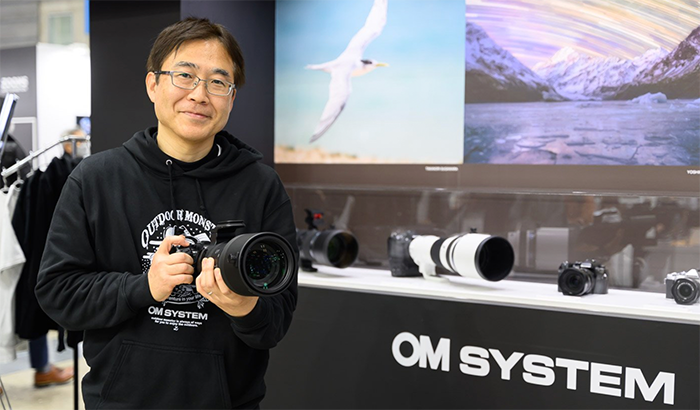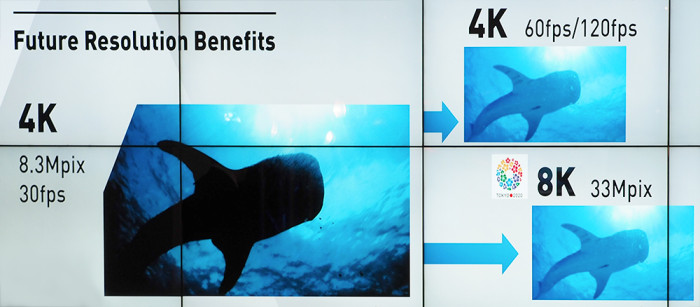Guest post: LX100 Real World Review by Travis Wills.
The LX100 is a revolutionary camera and not just because it features such a great new 24-75mm F1.7-F2.8 lens, a relatively large sensor, and excellent 4K video quality. It is revolutionary because of its new Aperture and Shutter Speed control dials and its excellent Auto ISO functionality.
I produced a video review (see on top of this post) that includes some tips and tricks for getting the most out of the camera.
The tendency for most experienced users is to rely completely on the manual modes instead of using the fully automated Program Priority mode with Auto ISO as a starting point. With previous cameras that was almost always the best decision because those cameras required several clicks of one or more control wheels in order to switch from one P.A.S.M mode to another.
It may not sound like much but switching the P.A.S.M mode dial and then changing to a different dial to adjust your Aperture and Shutter speed adds extra time for those spur of the moment images and videos.
Therefore most users would just place the camera in full manual mode right from the start. They would never even bother with the fully automated Program Priority mode with Auto ISO because it rarely would choose what they want.
Program Priority mode with Auto ISO often chose too fast or too slow of a shutter speed. In addition it wouldn’t stop down the aperture enough or it would stop it down too much for the scene at hand. Most of that is not an issue anymore with the LX100.
Panasonic has tweaked their Auto ISO and Intelligent ISO logic just enough with the LX100 so that it now selects the optimum settings for the majority of scenes that you will encounter. If you want slow shutter speeds it can select that in low light. If you want fast shutter speeds when there is subject movement it can do that as well. Also if you want the optimum aperture for detail and you want everything in focus it will do that.
Now it isn’t perfect. It can’t read your mind and determine what “you” think is best. However, the best thing about the LX100 is that it has those terrific direct Aperture and Shutter speed dials. Now with the improved logic of the LX100’s Auto ISO mode you can get a good idea of what the camera thinks are the appropriate settings and then quickly adjust the settings that you don’t agree with. No more fiddling with multiple control dials just to change the shutter speed or aperture. One quick dial turn can instantly select the shutter speed or aperture you think is best.
In the past a lot of Pro photographers had trouble switching from full frame sensor cameras to smaller compact cameras because they weren’t accustomed to the much broader depth of field with smaller sensors. They usually stopped down way too much thinking that their depth of field would be too shallow at F2.8 and below.
Now with the LX100’s outstanding Program Priority logic with Auto ISO those users can get a good idea of what Panasonic thinks is an appropriate Aperture and Shutter speed for a certain situation. You still have all of the freedoms that you had before to select other settings. However, now you actually have good sound logic in the auto modes whereas before the cameras would pick apertures and shutter speeds that simply didn’t make sense at all for any situation.
You really have to give Program Priority mode a try to understand what is better about it. You also have to put aside your experiences from larger sensor cameras for a moment because they don’t always apply to smaller sensor cameras.
The depth of field will always be much broader even wide open with the smaller sensor camera. In addition the lenses usually have more detail even in the corners when they are closer to wide open than they do stopped down past F8.0.
I hope everyone gives Program Priority with Auto or Intelligent ISO a try with this camera. I am not suggesting that you should only use this mode. I am suggesting that you should always start with this mode and then ask yourself “Do I really know more about this scene than the camera does”? Is stopping the lens down actually giving me more depth of field or is everything in focus already. Stopping down further might actually be decreasing the detail in my image.
Is it really worth using a very slow shutter speed here or is it better to just shoot at a slightly higher ISO value and not risk blur due to subject motion even if the excellent image stabilization can take care of the camera shake.
I have finally found a camera that I can take everywhere with me and instantly pull it out and get a great shot right away even in Auto modes. I can also hand the camera off to anyone else and not have to worry about whether they are going to select the correct settings or not.
We spend so much time berating the “Point and Shoot” camera style. However, there are plenty of times when that is exactly what we wish we had. There is a time and a place for manual modes and other instances where full Auto is actually the most efficient option. The LX100 gives us the best of both of those worlds.
Travis
Panasonic LX100 store links:
LX100 in USA at Amazon, Adorama, BHphoto. Europe at WexUK.
LX100 in Europe at WexUK, Wex Germany, Amazon Germany, Amazon France, Amazon UK,
LX100 in Asia at Digitalrev, Amazon Japan.



